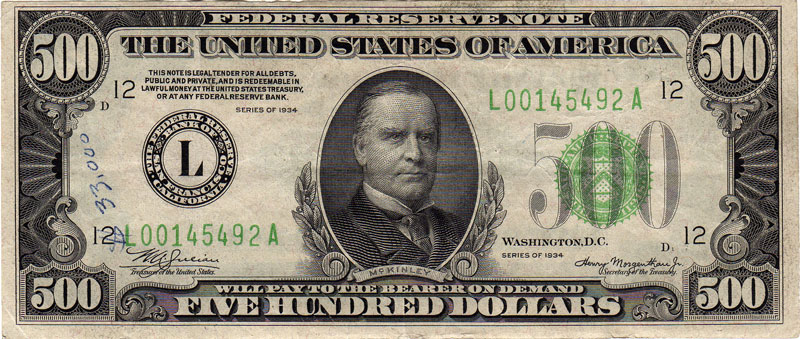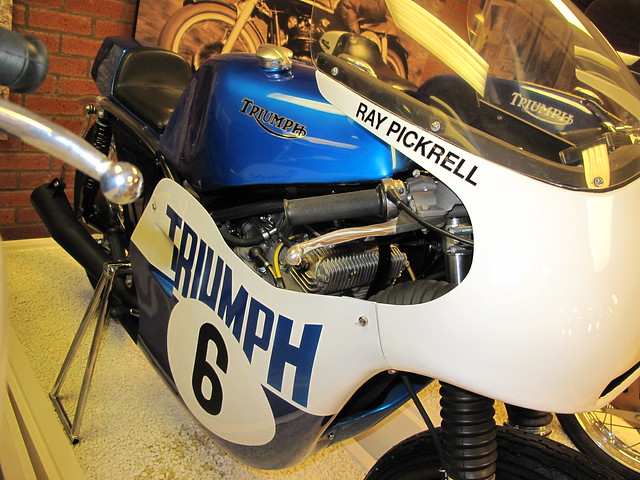
The first American production motorcycle? Indian? Harley-Davidson? Orient.
Hard-core Indian fans always like to remind the Harley folk that their Springfield machines preceded their Milwaukee rival by two years; Indian in 1901, Harley-Davidson in 1903.
But both Indian and Harley were upstaged by a bicycle company called the Waltham Manufacturing Company founded in 1893 by Charles H. Metz. The name of his machine, and rightful heir to the title “first American production motorcycle” was the Orient-Aster, better known simply as the Orient. The Aster relates to the machine’s French-built engine, a copy of the ubiquitous *DeDion-Bouton.
In 1898 Charles Metz had been screwing around with various tricycle and quadracycle versions, eventually focusing on a heavy-duty version of his bicycle into which he fitted with an Aster/DeDion-Bouton engine. Apparently it handled like crap, but it moved under its own power. No pedaling, no leg cramps.
Metz would make history when his 1899 catalog listed his machines as “Orient Motor-cycles” apparently the first published catalog usage of the term 'motorcycle'.
The official public debut of an Orient motorcycle took place on July 31, 1900 when Metz launched his invention at the Charles River Race Park in Boston which also happened to be the occasion for the first officially recorded motorcycle speed contest in the United States. The Orient won. Not Indian. Not Harley. Orient.
Today in motorcycle history proudly supports the National Association for Bikers with a Disability (NABD). www.nabd.org.uk





